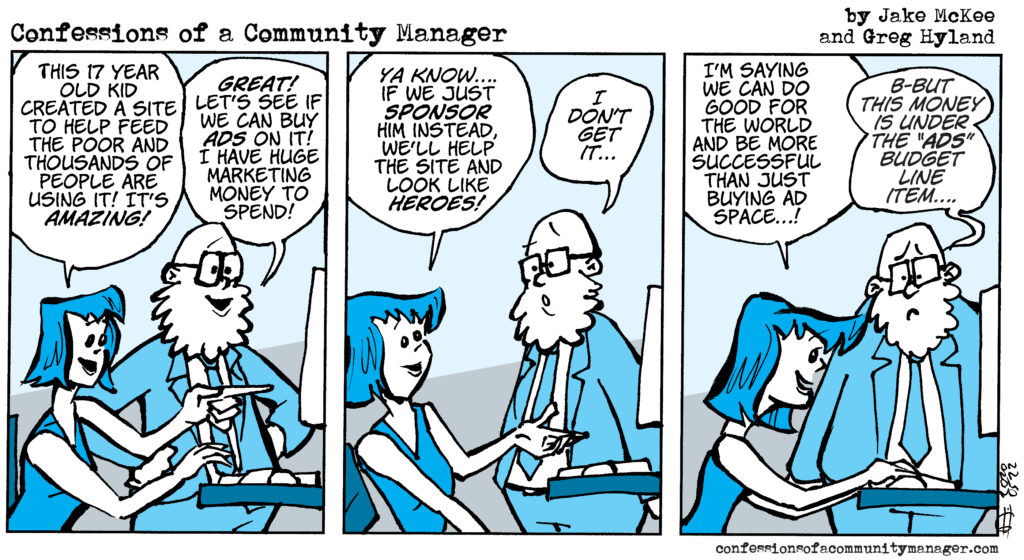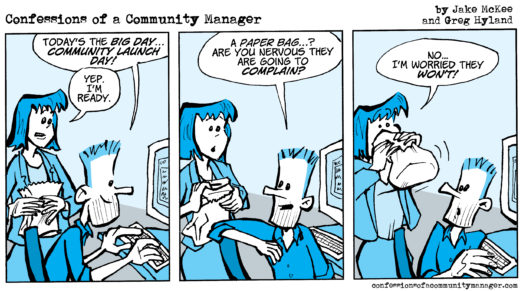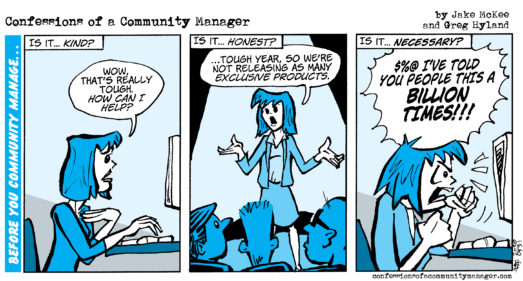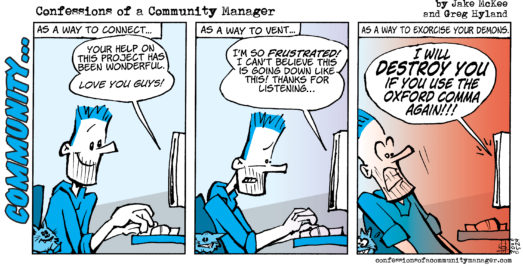Marketing for good
I’m a huge Jon Oliver fan.
He’s a brilliant comedian and performer, yes. But he’s so much more than that. He’s managed to build a highly successful show based on critical societal issues that most people wouldn’t otherwise give the time of day to…and he spends much longer than you would think talking about them in ways that his viewers can genuinely connect with.
If I told you that you’d be fascinated listening to 20 minutes of someone talking about evictions during COVID times, would you believe me? Probably not. Yet, here he is. If I said, “Hey! You should take 20 minute this evening, you hard working soul and cuddle up with a video of a quirky British ex-pat sharing his well documented and clearly explained insights on Net Neutrality!” you’d think I was the most boring friend in your arsenal of text contacts.
But somehow, Jon Oliver pulls it off episode after episode.
One of the techniques he uses to keep his viewers coming back and to keep new viewers coming in is using his production budgets for good not glitz. For example:
- Oliver and the show donated $130,000+ to the Marble League, a beautifully filmed marble racing league (exactly what you’d think it is) at a time when COVID lockdowns rendered all competitive sports null and void. When people needed something fun and competitive to rally around, Oliver and the show stepped up.
- He bought and forgave $15 million in medical debt as part of a show about the topic.
- He setup a fake church to show how easy it is to do so (and reap the financial and tax benefits of doing so)
- He even turned a funny bit of searching for a ridiculous piece of art into a $20,000 donation to charity through a community based finder’s fee.
The list goes on and on, but the point is that Jon Oliver is using his show and the show’s budget to do good instead of just dumping that money into marketing campaigns for Times Square billboards and the like. Instead, Jon Oliver and his show are promoted, in no small part, because so many people and media outlets talk about these “stunts for good”.
Today’s strip was inspired by a story about an awesome 17 year old programmer named Avi Schiffman who built a COVID-19 tracking web site and released it to the public for free. He turned down $8 million offered to him to support the site, a highly important public health tool created at a time the country badly needed it, in exchange for putting ads on the site.
Think about this for a second… marketers somewhere at a company (or companies, I’m honestly not sure what the details are there) had $8 million on hand to spend, but instead of using that money for good they decided that if they couldn’t get ads on this public health site created for free and given away for free, they’d put their marketing money elsewhere and walk away from this project.
So they could help, but wouldn’t help.
Don’t get me wrong here… I understand that it’s not as easy as just saying “put all your marketing budgets into charity and call it a day”. But maybe it’s not overly complex either? Maybe there’s value in creating amazing stories of good rather than dumping money into marginally performing banner ads?
If you have the $8 million to spend, imagine the PR boost you can generate, imagine the click thrus you can drive through other means if you donated, without strings, to Avi’s COVID tracker!
But that requires creative thinking. It requires shifting budgets from one spreadsheet line item to another. It requires shifting tech development projects. It requires senior management to shift how it measures project success. It may even require how success will be judged (and bonuses distributed) for the marketers who are working on a project like this.
(Not sure if you caught the key word in that last paragraph: “shift”)
I’m challenging each of us to consider how we spend our marketing dollars. Can we shift (there’s that word again) our thinking, planning, brainstorming, and ideation to focus on how each of our marketing dollars has a lasting impact for good. Rather than just throwing money down a cost-per-click hole or a billboard hole or a banner ad hole, can we instead use it to do something good? Can we use those same dollars to do something measured by impact? And then can we find ways to tell the world a story about that impact?



